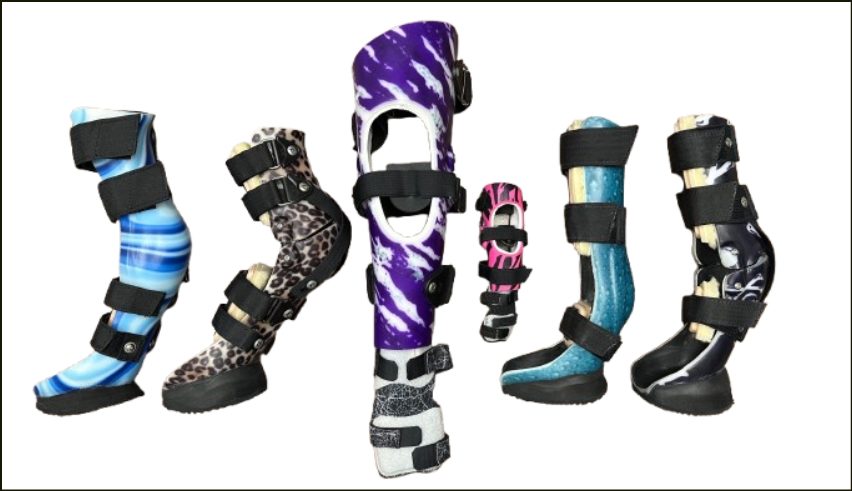By: Terry Lackmeyer, My Pet’s Brace Customer Service Representative
Whenever someone contacts us about getting a brace for their pet, the first question we ask is, “What is your dog’s injury?” That is an especially important question because we need to make sure that we are providing the correct brace for the dog’s specific condition or injury. It is also an important question because, unfortunately, a brace is not appropriate for all dog injuries and conditions, like obesity problems and luxating patellas. So, let’s take a look at when a custom brace is not an appropriate solution.

Hip Issues
Frequently, people contact us looking for treatment options for a dog hip injury or hip dysplasia. This is a very difficult problem to solve since the range of motion at the hip joint is significant. Unfortunately, we do not have any braces for the treatment of a dog hip injury. Owners may want to investigate physical therapy for their dog as this may help. If the condition is severe and the dog is having serious difficulty walking, a mobility cart (wheelchair) or surgery may be a more viable solution, enabling the dog to still get exercise and go for walks.
Shoulder Problems
Occasionally, we are contacted about braces for a dog’s shoulder injury. We are not able to make braces for a dog shoulder injury as we cannot isolate the area to create a workable brace. Again, depending on the problem, physical therapy may prove helpful.
Luxating Patellas
Although a luxating patella or “popping kneecap” is a condition of the knee, we do not have an effective brace for this condition. To prevent the kneecap from popping out, a brace needs to apply pressure to keep it in its proper position. Veterinarians generally suggest surgery for dogs’ luxating patella treatment and recovery. If a dog is too elderly or medically compromised for surgery and the condition is severe, a mobility cart (wheelchair) may be a good solution.
Dog Obesity Problems
Dogs with extreme obesity problems are not good candidates for stifle (knee) braces because the dog’s belly can literally prevent the brace from being positioned correctly on the dog’s leg. Also, even if we can get the brace on the leg, it can be pushed off the leg by the belly when the dog sits down. If the dog is otherwise a good candidate for a brace, the owner can contact us again after some weight loss has occurred.
Senior Dog Muscle Atrophy
As dogs age, they often experience muscle atrophy, especially in the rear legs. This presents with senior dogs having difficulty getting up after lying down or splaying their legs as they walk, particularly on smooth surfaces such as wood or tile floors. Braces would not be the correct solution in these cases because to use braces effectively, dogs need to have strength in their legs. If a dog cannot get up from lying down, braces would not make that any easier. In fact, braces may make the process harder.
To help with your senior dog’s muscle atrophy, adding throw rugs or inexpensive yoga mats around the house to help eliminate those smooth surfaces often makes getting up and down and walking easier. The dog also may benefit from wearing a Help ‘Em Up Harness or similar harness. The harness would enable the owner to help the dog get up from a lying down position or assist the dog when walking on slippery floors, going up and down stairs, or getting into and out of the car.
Although some owners are not happy when we explain that a brace is not the best solution for their dog’s injury, we believe that being honest is the best policy, even if that means saying no. While our goal is to provide the best possible solution to the dog’s orthopedic injury or issue, sometimes that solution does not include a brace. In those cases, we do our best to provide an alternate, helpful solution so that your pet can continue to live a happy life.
If your pet has a unique situation that you would like to discuss, please contact us today.
